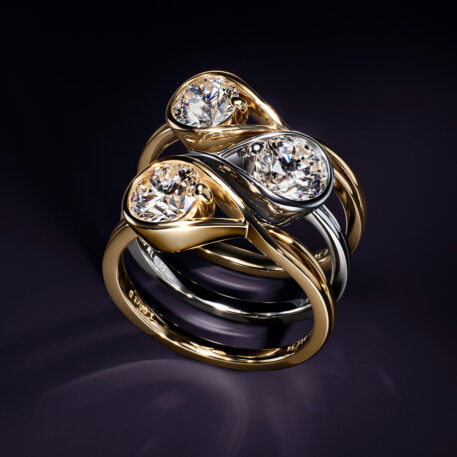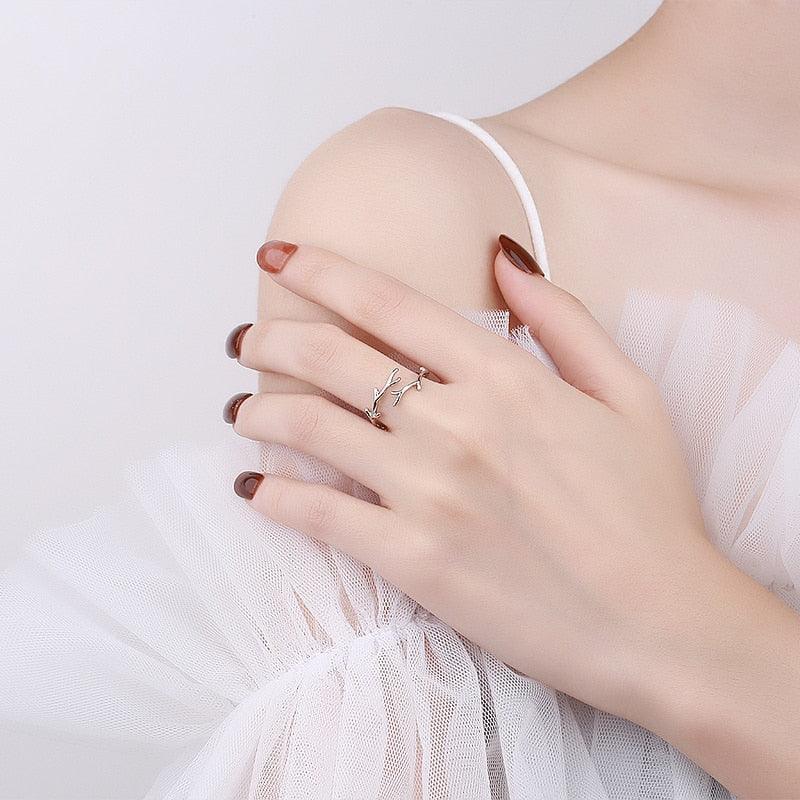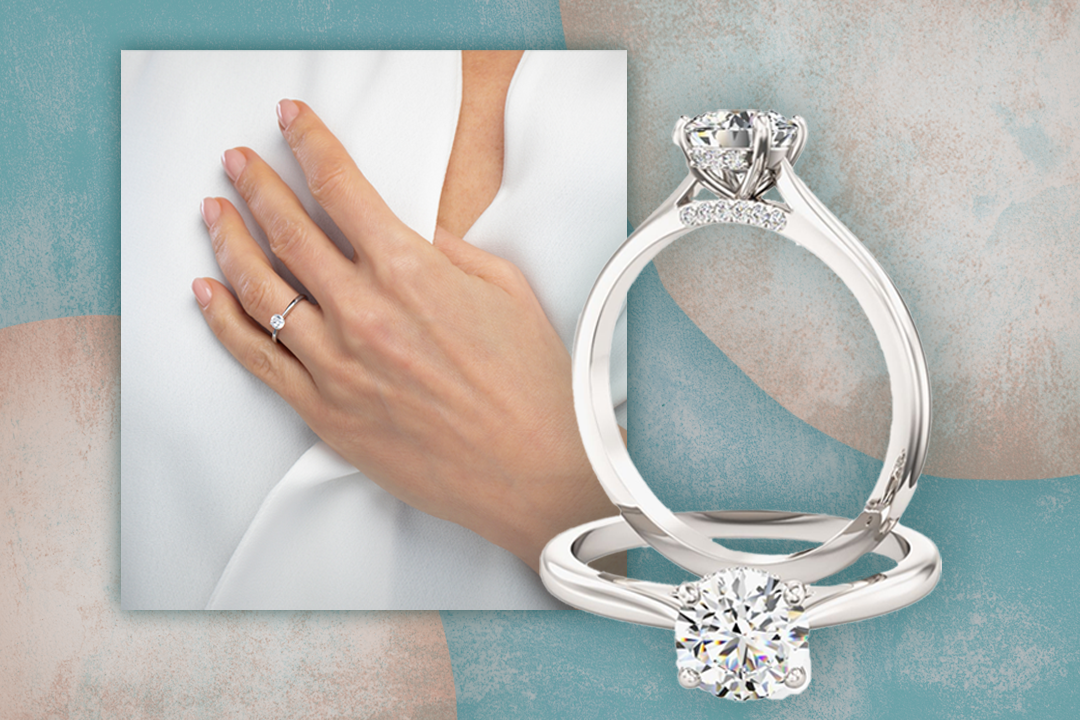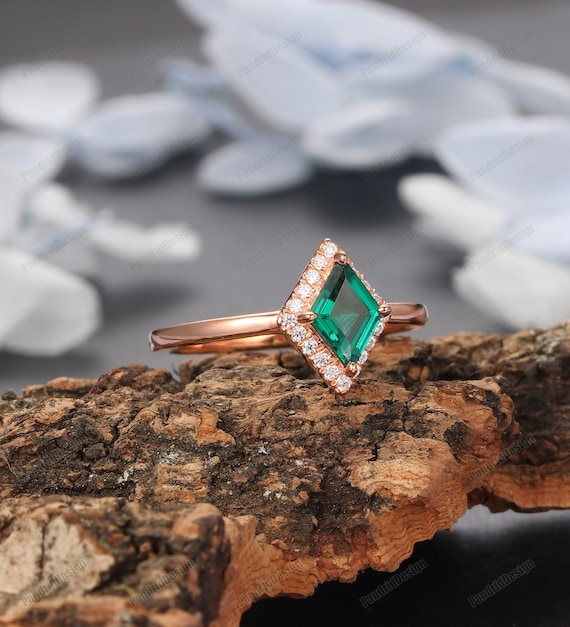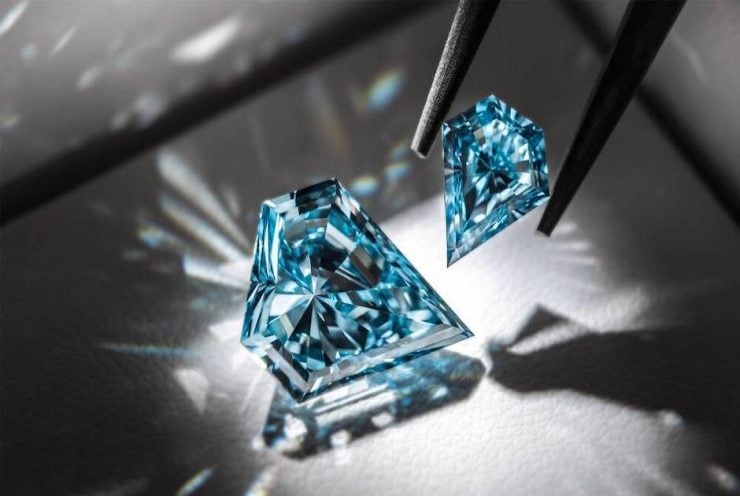In today’s evolving jewelry market, lab-grown diamonds have emerged as a brilliant alternative to traditionally mined diamonds. These gems are not only identical in appearance and chemical composition to their natural counterparts, but they also offer a plethora of benefits, from ethical sourcing to cost efficiency. As we delve into the world of buy lab grown diamonds, you’ll discover why they are the preferred choice for many savvy buyers.
What Are Lab-Grown Diamonds?
Lab grown diamonds, also known as synthetic diamonds or cultured diamonds, are created in controlled laboratory environments using advanced technological processes that mimic the conditions under which natural diamonds form. These processes, which include High Pressure-High Temperature (HPHT) and Chemical Vapor Deposition (CVD), produce diamonds that are crystallographically and optically identical to natural diamonds.
The Benefits of Choosing Lab-Grown Diamonds
Ethical and Environmental Advantages
One of the most compelling reasons to choose buy lab grown diamonds is their ethical production. Unlike mined diamonds, which often involve environmental degradation and unethical labor practices, lab-grown diamonds are created without these concerns. They have a significantly lower carbon footprint and do not contribute to ecological damage or human rights abuses.
Superior Value for Money
Lab-grown diamonds offer exceptional value. Because they bypass the extensive and costly mining process, they are generally 30-40% less expensive than natural diamonds of equivalent quality. This price advantage allows consumers to purchase larger or higher-quality stones without exceeding their budget.
Uncompromised Quality and Beauty
In terms of aesthetic and structural quality, buy lab grown diamonds are indistinguishable from natural diamonds. They exhibit the same brilliance, fire, and durability. Each lab-grown diamond is graded by the same stringent standards used for natural diamonds, ensuring that consumers receive a product of the highest quality.
How Are Lab-Grown Diamonds Made?
High Pressure-High Temperature (HPHT) Method
The HPHT method replicates the natural diamond formation process by subjecting carbon to high pressure and high temperature. This method produces high-quality diamonds that are virtually indistinguishable from those formed naturally over millions of years.
Chemical Vapor Deposition (CVD) Method
The CVD method involves placing a carbon-rich gas mixture into a chamber where it breaks down and deposits carbon atoms onto a substrate, layer by layer, forming a diamond crystal. This technique allows for precise control over the diamond’s growth, resulting in exceptional clarity and color.
Choosing the Perfect Lab-Grown Diamond
The Four Cs: Cut, Color, Clarity, and Carat
When selecting a lab-grown diamond, the Four Cs remain the gold standard:
Cut: This refers to how well the diamond has been shaped and faceted. A well-cut diamond maximizes light return, enhancing its brilliance.
Color: Lab-grown diamonds are available in a range of colors, from D (colorless) to Z (light color). The less color a diamond has, the higher its value.
Clarity: Clarity measures the presence of internal or external imperfections. Lab-grown diamonds generally have fewer inclusions than natural diamonds.
Carat: This measures the diamond’s weight. Lab-grown diamonds can be produced in virtually any size, making them ideal for those seeking larger stones.
Certification and Grading
It is essential to purchase lab-grown diamonds that are certified by reputable gemological laboratories such as the Gemological Institute of America (GIA) or the International Gemological Institute (IGI). These certificates provide a detailed assessment of the diamond’s quality, ensuring that buyers are fully informed about their purchase.
Popular Styles and Settings for Lab-Grown Diamonds
Lab-grown diamonds can be set in a variety of styles to suit any taste. Some popular settings include:
Solitaire
The solitaire setting showcases the diamond in a minimalist design, emphasizing its natural beauty and brilliance. This timeless style is perfect for those who appreciate classic elegance.
Halo
The halo setting features a central diamond surrounded by a “halo” of smaller diamonds, creating an illusion of greater size and enhancing sparkle. This setting is ideal for those who desire a glamorous look.
Three-Stone
The three-stone setting symbolizes past, present, and future, making it a meaningful choice for engagements or anniversaries. This style combines the beauty of multiple diamonds in a balanced design.
Caring for Your Lab-Grown Diamond Jewelry
To maintain the brilliance and longevity of your lab grown diamond jewelry, man made diamonds, follow these care tips:
Regular Cleaning
Clean your diamond jewelry regularly with a mild detergent and warm water. Use a soft brush to gently scrub away any dirt or residue, then rinse and dry with a lint-free cloth.
Proper Storage
Store your diamond pieces separately to avoid scratches. Consider using individual pouches or compartments in a jewelry box to protect them from damage.
Professional Maintenance
Periodically have your diamond jewelry inspected by a professional jeweler. They can check for loose settings and perform any necessary repairs to keep your pieces in top condition.
The Future of Lab-Grown Diamonds
As technology continues to advance, the quality and availability of lab-grown diamonds are expected to improve further. This trend is likely to make lab-grown diamonds an even more attractive option for consumers seeking beautiful, ethical, and affordable jewelry.
In conclusion, choosing to buy lab-grown diamonds is a decision that combines luxury, value, and conscientious consumerism. These diamonds offer all the aesthetic qualities of natural diamonds, along with the benefits of ethical production and cost savings. Whether for an engagement, anniversary, or any special occasion, lab-grown diamonds provide a stunning and responsible choice for the modern buyer.






